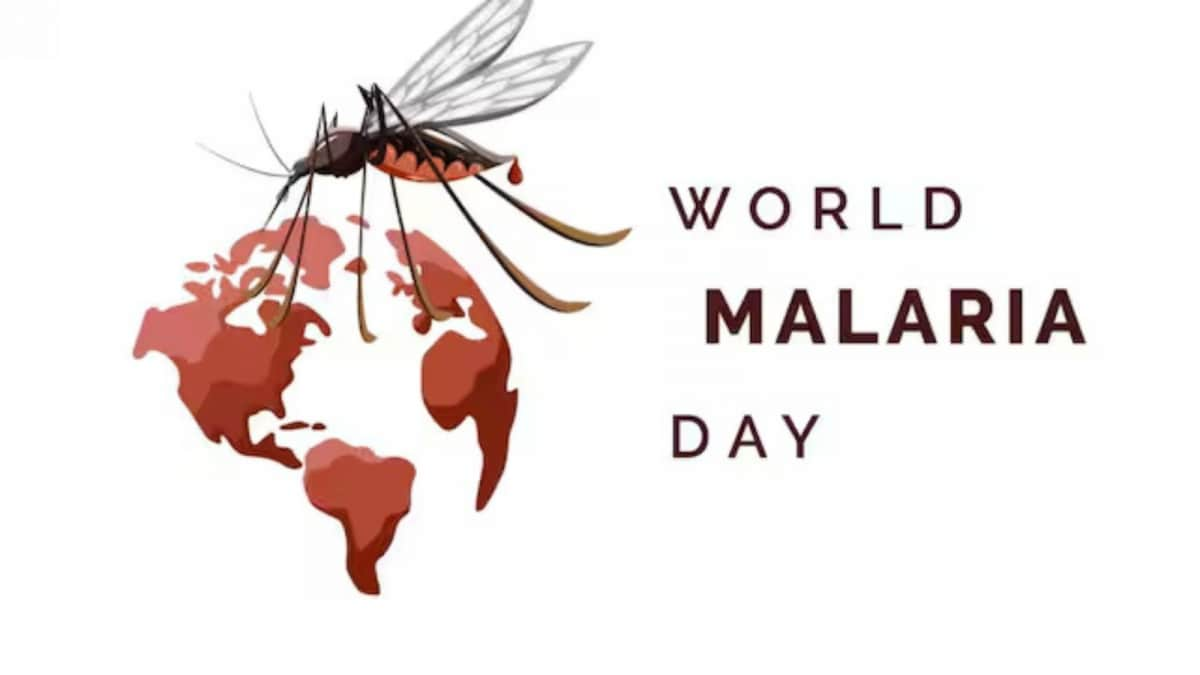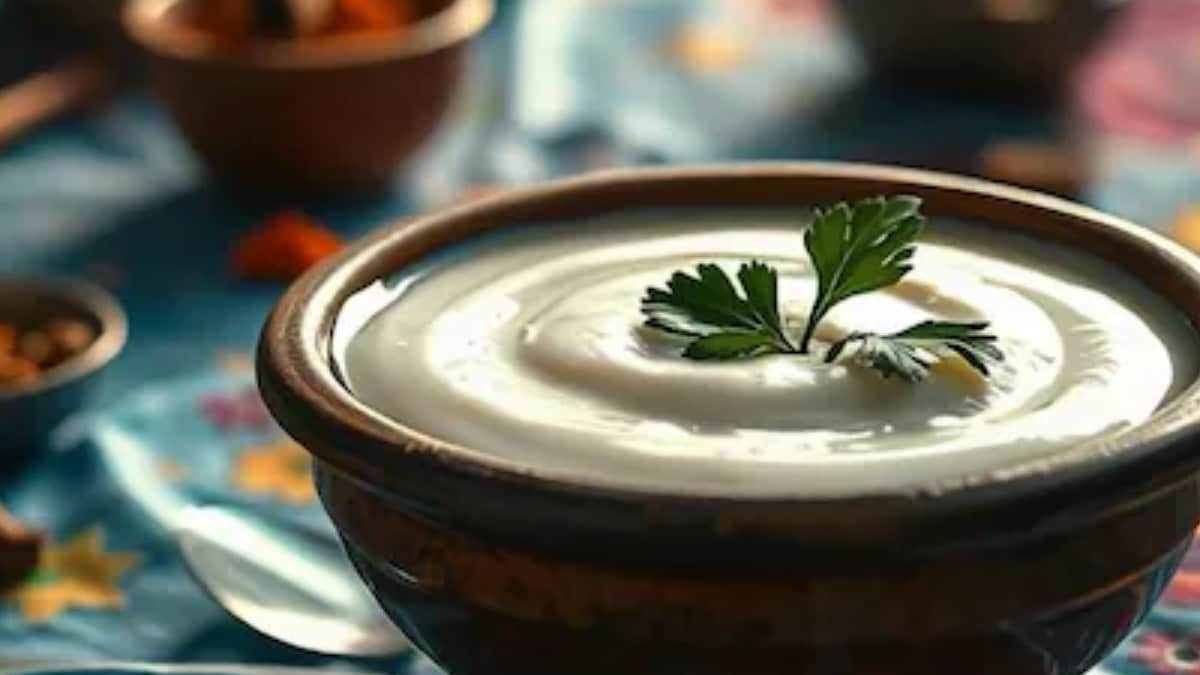Last update:
Moisture is a silent facilitator of malaria. It feeds the life cycle of the mosquito and accelerates the development of parasites, so it is a key environmental factor in disease transmission
The monsoon season and the following period are the most sensitive for the spread of the disease, and additional caution is recommended during this time. (News18 Hindi)
Malaria is a disease that continues to claim hundreds of thousands of lives every year, especially in tropical and subtropical regions. While we often focus on biological causes, such as Plasmodium parasites and Anopheles mosquitoes, collection conditions, particularly moisture, play a critical role in the transmission and control of malaria. Understanding how the humid climate affects the propagation of malaria can help shape more effective prevention and intervention strategies. Dr. Sharadchandra Yadav, Consultant, UCI Care Ruby Hall Clinic Pune Shares everything you need to know:
Mosquito-Humitude connection
Moisture refers to the amount of moisture in the air, and plays a vital role in the life cycle of mosquitoes, the main vectors of malaria. Female anopheles mosquitoes need water to put their eggs, and high humidity supports the availability of stagnant water sources where mosquitoes, such as ponds, puddles and flooded fields.
In addition, mosquitoes thrive in wet conditions. Its survival and their ability to bite are significantly reduced in dry environments. On the contrary, in regions with high humidity, mosquitoes live longer, which gives them more time to infect with the malaria parasite and transmit it to humans. The longest mosquito life is directly correlated with higher malaria transmission rates.
Ideal conditions for the development of parasites
Moisture not only benefits the mosquito, but also helps the malaria parasite. After a mosquito bites an infected person, the Plasmodium parasite must suffer a development cycle within the mosquito before it can infect another human. This process, known as the extrinsic incubation period, is faster and more efficient in warm and humid conditions.
When combined with high temperatures, the wet climate creates an ideal atmosphere for the parasite to mature quickly. This means that the mosquito becomes infectious before, increasing the transmission possibilities within his life.
Wet and waves of malaria
In many parts of the world, malaria cases increase during the rainy season, which causes high humidity. The countries of the sub -Saharan Africa and the southern Asia, for example, experience an increase in malaria during the monsoon or after the monsoon. This seasonal pattern is closely linked to moisture levels, which facilitate the breeding and survival of mosquitoes.
During dry stations, the number of reproduction sites, and mosquito populations decrease, leading to a decrease in malaria cases. However, this seasonal relief is temporary, since the humid climate returns and revitalizes the transmission.
Implications for malaria control
Understanding the role of moisture in malaria transmission has direct implications for prevention strategies. Health systems can use weather data to predict possible outbreaks and prepare accordingly. For example:
Chronometer distribution of networks and repellent treated with insecticides before the rainy season can help reduce transmission.
Environmental management, such as stagnant water drainage becomes even more critical in wet periods.
Interior residual spraying campaigns (IRS) are more effective when they are timed to precede the maximum mosquito breeding.
Moisture is a silent facilitator of malaria. It feeds the life cycle of the mosquito and accelerates the development of parasites, which makes it a key environmental factor in the transmission of diseases. When paying close attention to climatic patterns, especially moisture, public health authorities can better plan and implement interventions. Ultimately, the fight against malaria is not only about medicine and mosquitoes, but also to understand and respond to the environment in which they thrive.












